
ABME
@ABMEjournal
News from the flagship journal of BMES covering all biomedical engineering topics; Annual Best Paper Awards for students, post-docs, and faculty.
Delivering medication precisely inside the body is one of modern medicine’s great engineering challenges, especially when it comes to treating vascular disease. With this in mind, researchers developed a novel three-part framework combining benchtop stamping of biological…
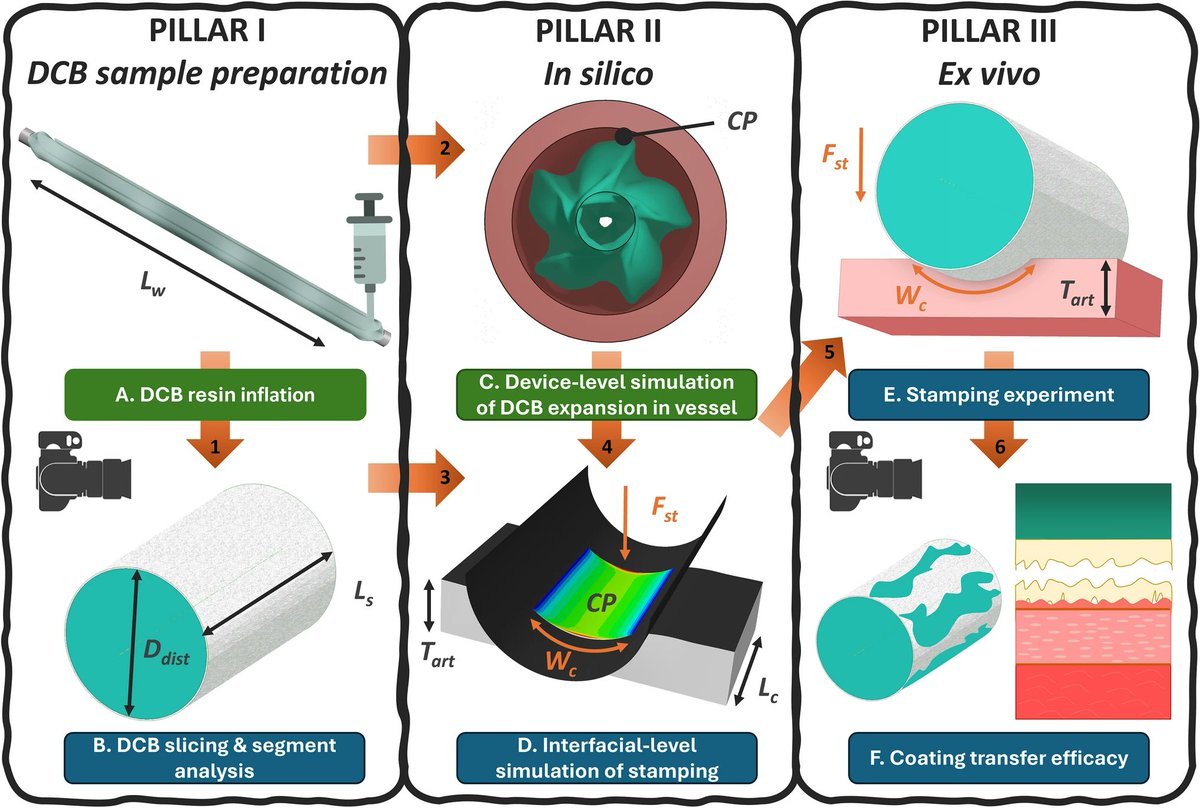
When spinal fusion surgery doesn’t provide enough stability, patients face real risks, from persistent pain to hardware failure. A team of researchers investigated whether a newly designed oblique lumbar interbody fusion (OLIF) cage with an integrated low-profile plate and cross…
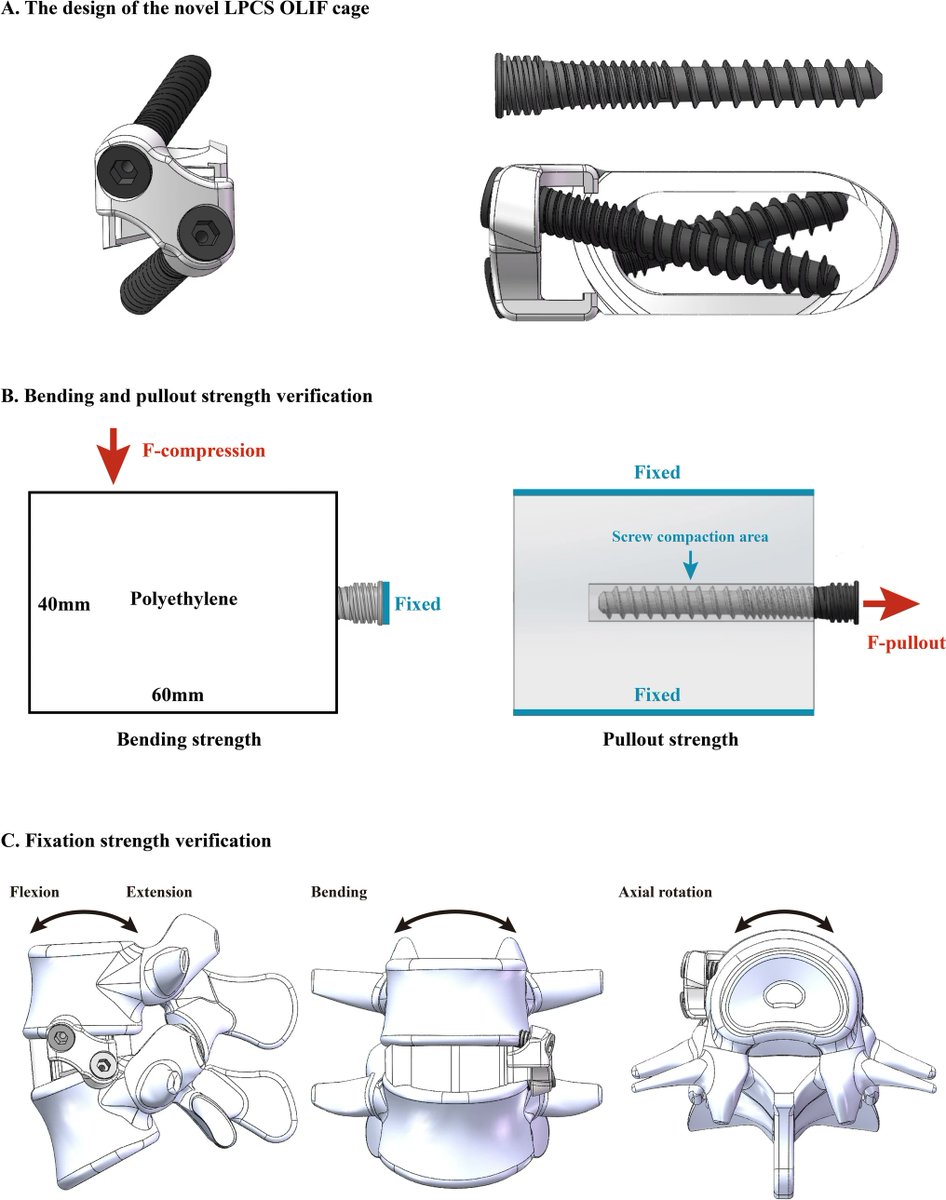
Spinal implants often fail under stress, but new modeling techniques may help surgeons prevent that. A persistent challenge in spinal surgery is the unexpected failure of contoured spinal rods, which often break due to the stress induced during shaping. Researchers introduced a…

Poorly fitting prosthetic sockets can cause pain and injury for lower-limb amputees, especially when the shape of the residual limb changes during movement. To address this, researchers developed a computational model that accounts for how muscle contraction affects pressure…

Surgeons aiming to relieve knee pain from arthritis often turn to realignment procedures that shift pressure away from damaged areas. Researchers compared two finite element modeling techniques used in planning medial opening wedge high tibial osteotomy, a surgery designed to…
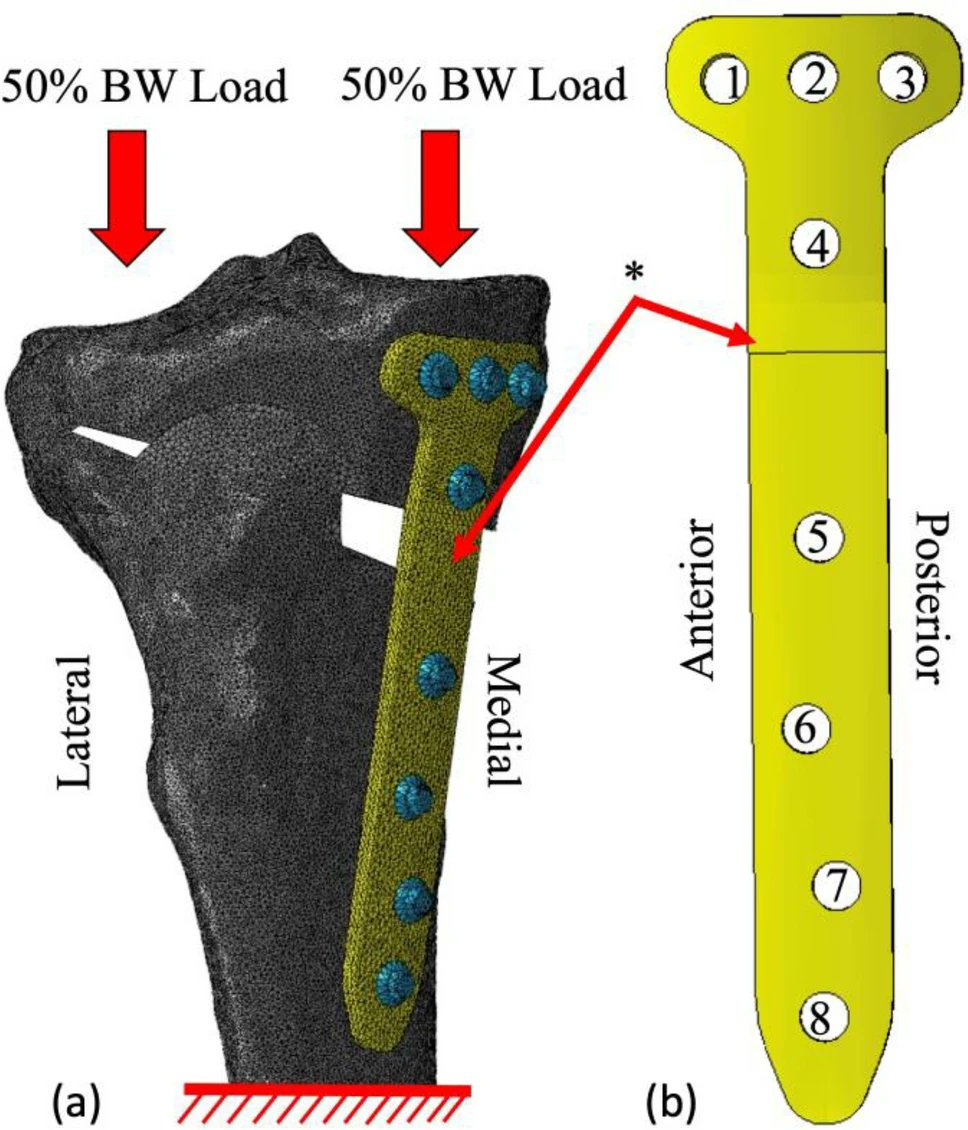
Many innovation programs aim to spark entrepreneurship, but their long-term impact is often hard to measure. A study of Denmark’s BioMedical Design Programme tracks the development of more than five years of fellows, capturing changes in their creativity, entrepreneurial…
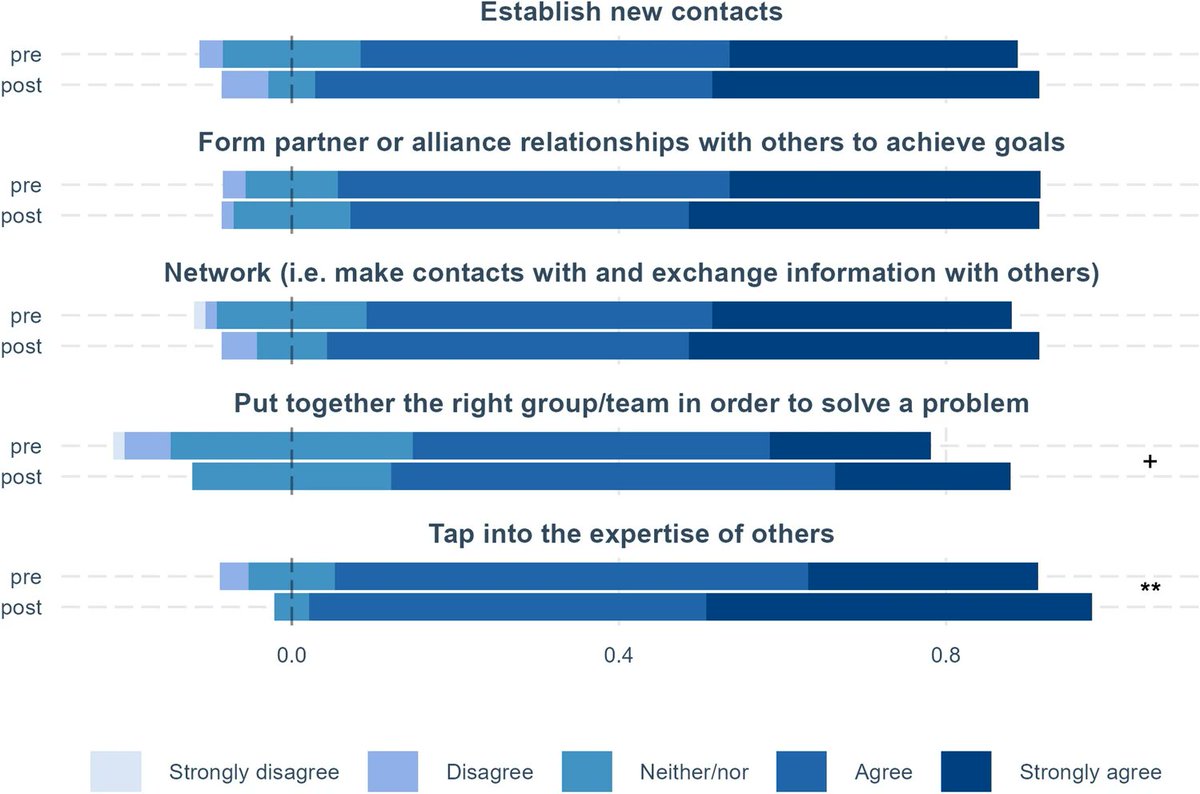
The silent aftermath of battlefield blasts is often lifelong hearing loss – and we still don't fully understand how it happens. To better predict and eventually prevent this damage, researchers developed a 3D finite element model of the organ of Corti, the delicate sensory…
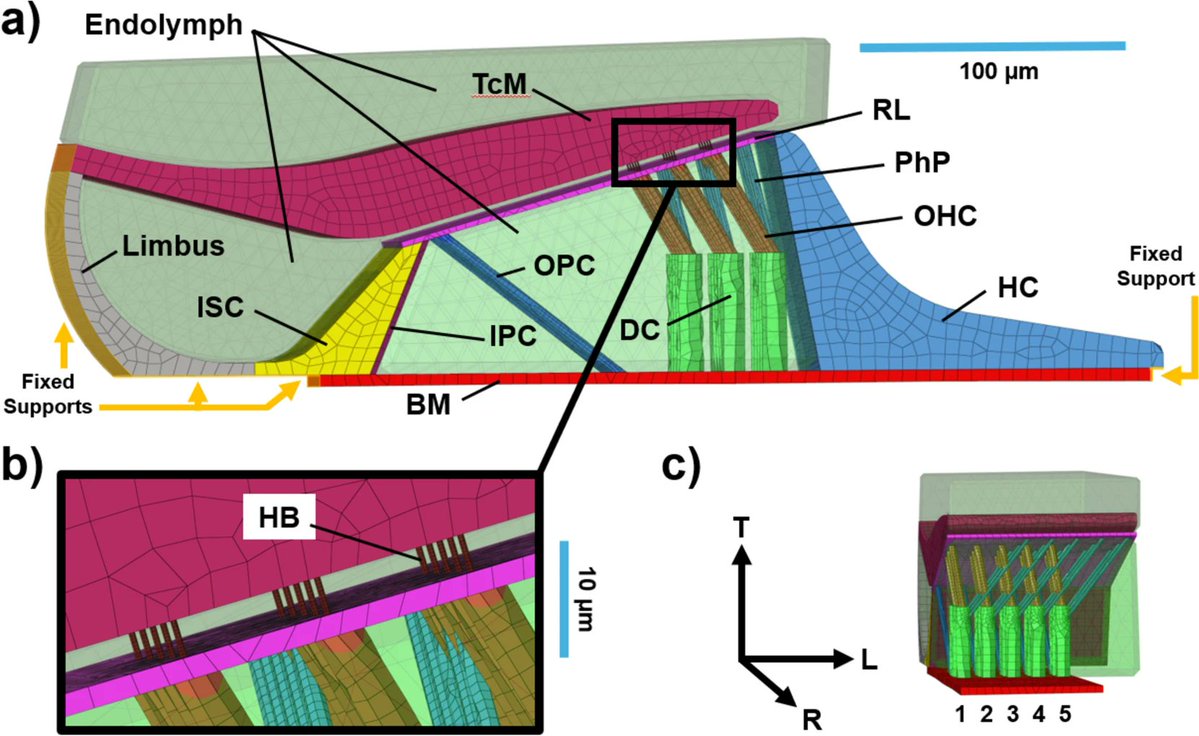
Fixing a leaky heart valve can save lives, but it also changes the way blood flows through the heart. Researchers are working to understand the hidden tradeoffs of mitral valve repair using the MitraClip, a minimally invasive device designed to treat mitral regurgitation. By…

Cyclists face a silent and growing danger: traumatic brain injuries (TBI) that even helmets can’t fully prevent. To better understand how helmets influence brain injury risk, researchers conducted simulations using an anatomically detailed head model with embedded white matter…
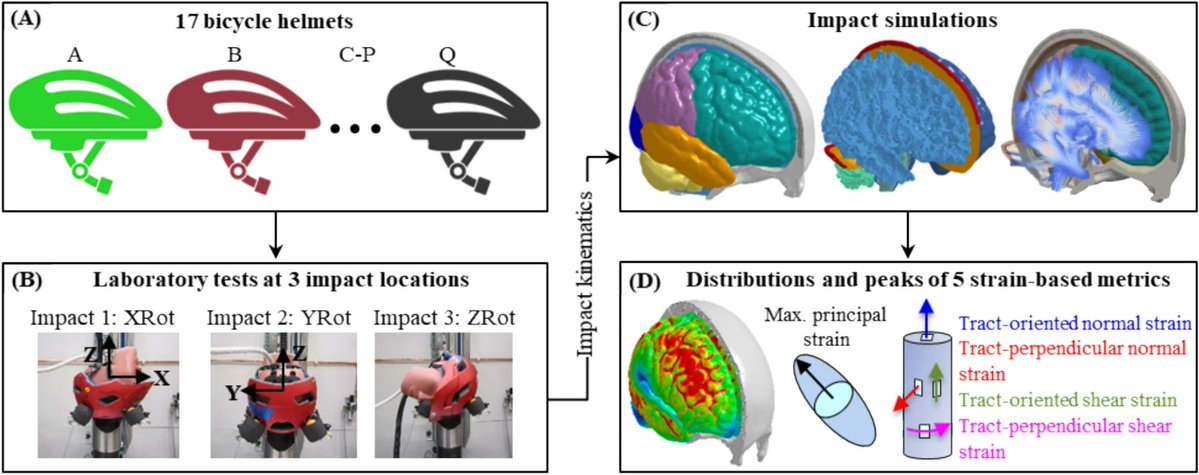
Too many promising medical breakthroughs never reach patients because our pre-clinical models don’t always reliably predict how humans will respond. Researchers penned a review exploring how human-cell in vitro models – specifically vascular and angiogenic systems – could help…
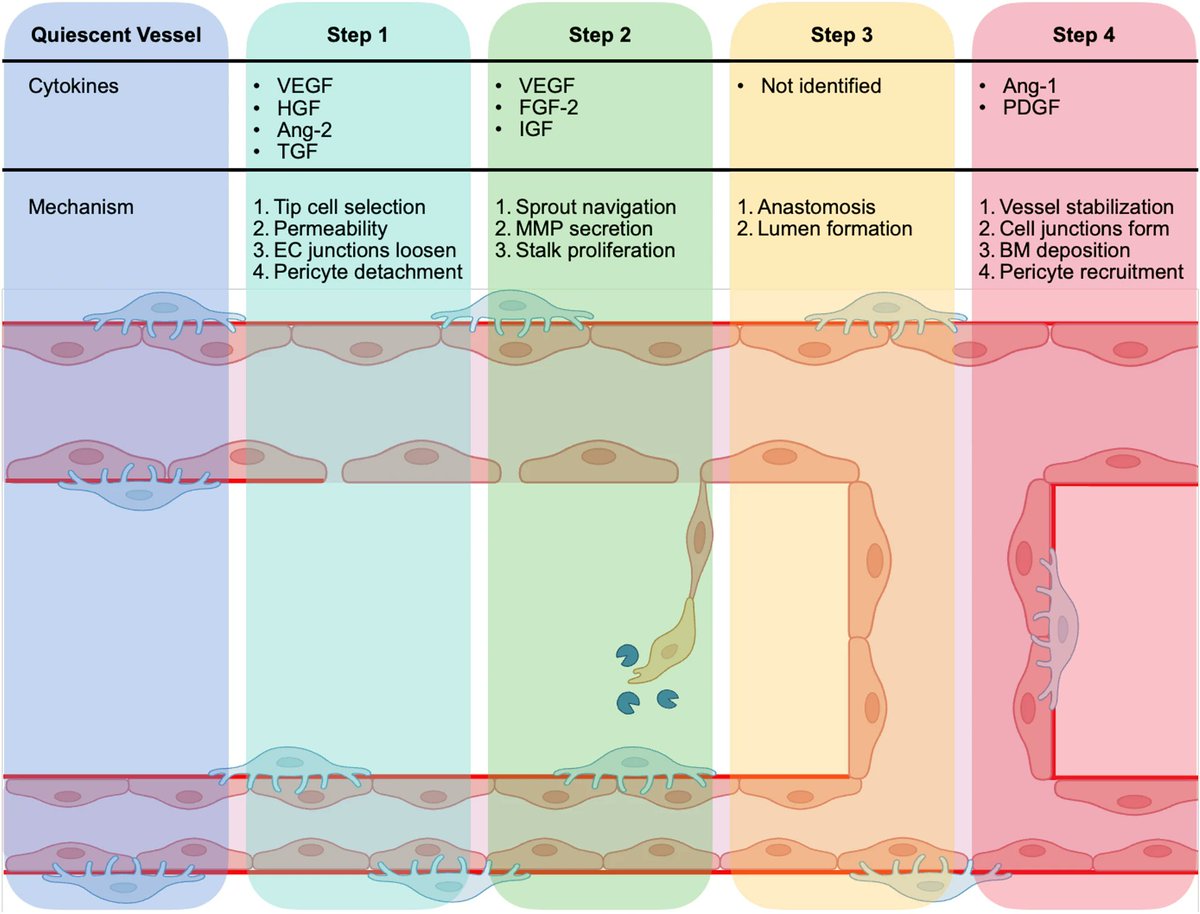
Making helmets and protective gear more effective starts with understanding how impacts affect the brain inside the skull. A new study investigates how deformable headforms – specialized physical models with built-in brain analogs – can be refined to better mimic real human…

Radiation therapy doesn’t just work over time – it starts changing the brain within seconds of treatment beginning. Researchers monitored cerebral changes in real time during whole brain radiotherapy (WBRT), using functional near-infrared spectroscopy. They tracked 31 patients…
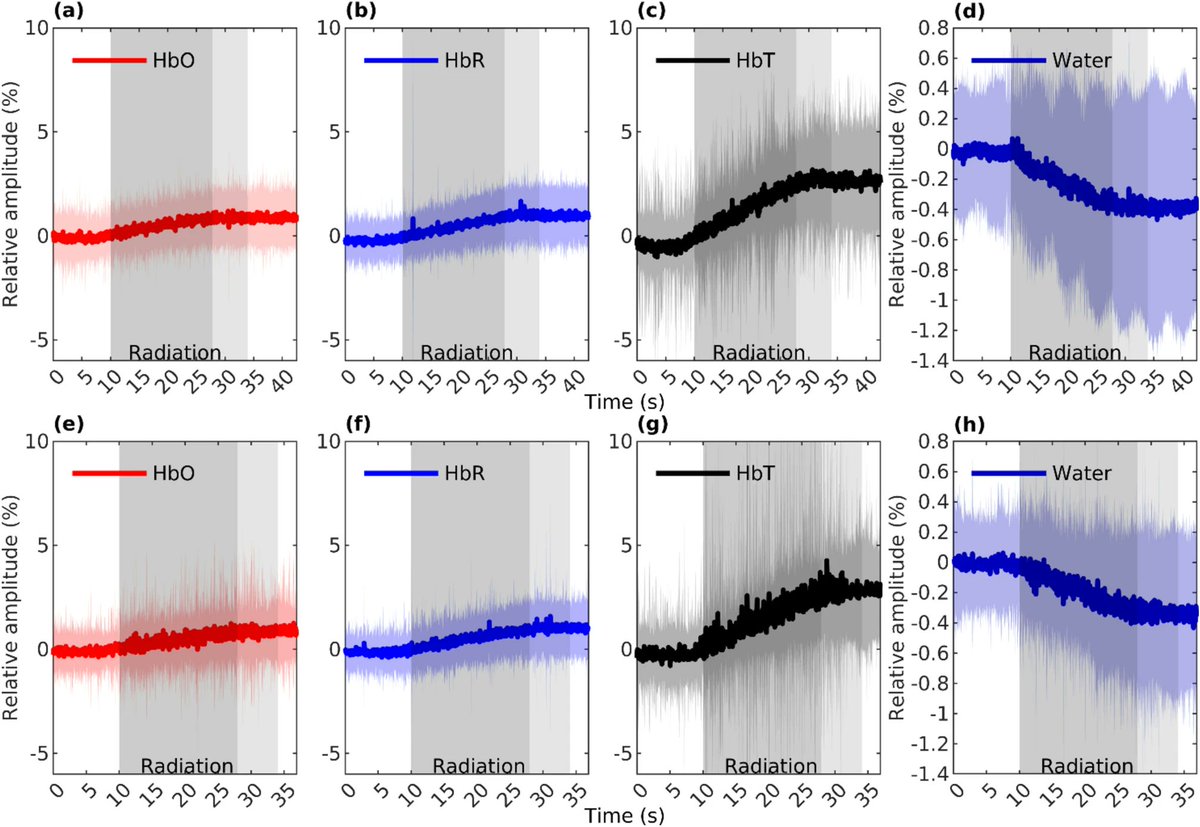
Could carrying extra weight be silently damaging your joints by drying them out from the inside? Obesity is a known risk factor for osteoarthritis (OA), but the precise mechanical reasons have remained unclear. Seeking to understand these mechanisms, researchers used a novel…
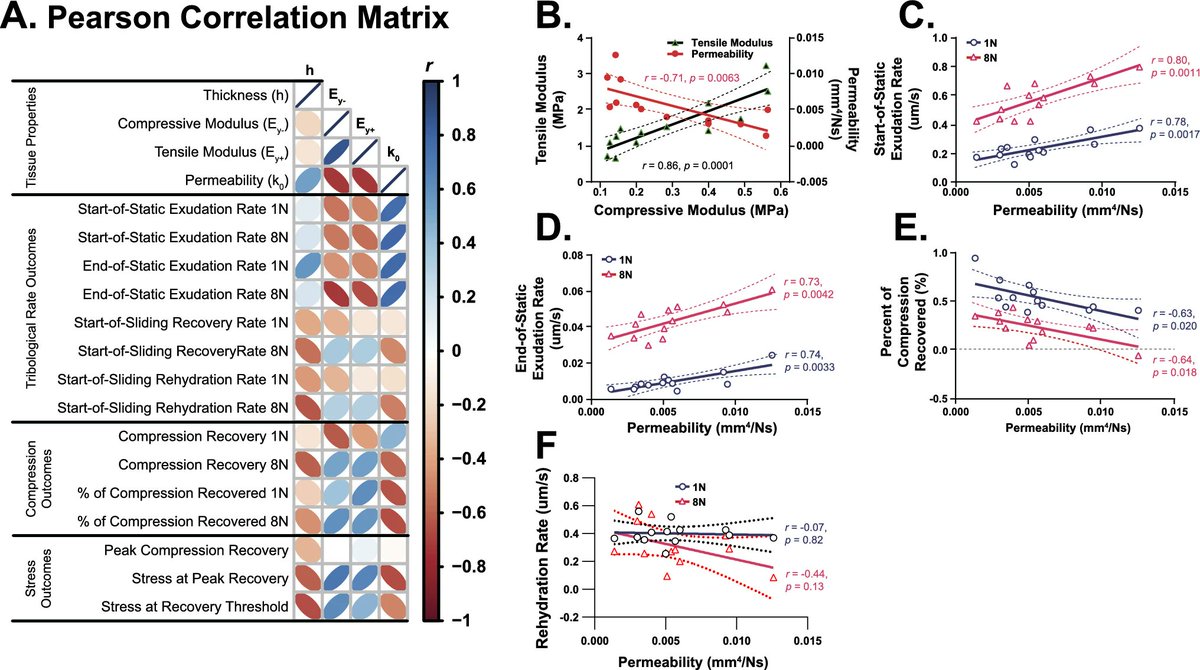
Many head impact sensors used in sports may be giving misleading data about concussion risk. A recent study investigated the reliability of three commonly used head impact sensors – instrumented mouthguards, skin patches, and headgear patches – during boxing sparring.…

When studying traumatic brain injury (TBI), are scientists capturing the motion that really matters? To explore this question, researchers compared the motion delivered by a rotational injury device to the actual head movement recorded in a biological model using skull-mounted…

Not all youth bike helmets are created equal, even when they meet the same safety standards. In a new study, researchers evaluated 21 youth bicycle helmets under oblique impacts to measure how well they reduced both linear and rotational head accelerations, two key contributors…

Artificial intelligence could help improve how we analyze walking patterns in people with cerebral palsy (CP), no expensive lab equipment required. Seeking alternatives to force plate-based assessments, researchers trained a neural network to estimate ground reaction forces…

Healing broken bones is still a major medical challenge, especially when strength and full functionality must be restored. Researchers penned a review examining the current landscape of scaffold-based tissue engineering for bone regeneration, with special attention to the role…

A serious injury to aging tendons often means a slower, less complete recovery – one that science is still trying to fully understand. Researchers used a preclinical model of aging to investigate how two key proteins, decorin and biglycan, influence tendon healing. Using a…

Robots may offer the solution to a frustrating problem in cancer care: how to place needles precisely during MRI scans without repeatedly moving the patient in and out of the machine. To solve it, engineers developed a compact, body-mounted robot that operates entirely within…
